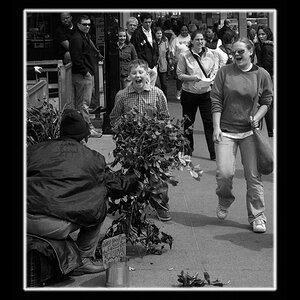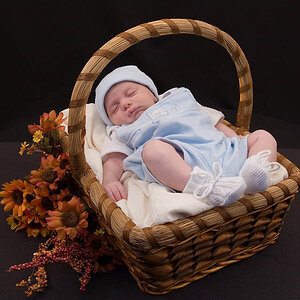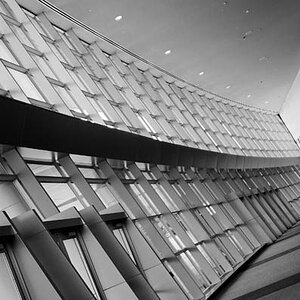shadowlands
No longer a newbie, moving up!
- Joined
- Oct 9, 2009
- Messages
- 1,502
- Reaction score
- 383
- Location
- Houston, Texas
- Website
- www.flickr.com
- Can others edit my Photos
- Photos NOT OK to edit
My Tamron 70-300 VC on my V1 with FT-1. Boom! 810mm for free! OK, I already owned the Tamron and V1. But just got the FT-1. I'm excited.
My Nikon 70-200 F2.8 becomes 540mm at F2.8.
Sure, it's only with a limited use 10MP camera, but it's still really nice for telephoto.


My Nikon 70-200 F2.8 becomes 540mm at F2.8.
Sure, it's only with a limited use 10MP camera, but it's still really nice for telephoto.





![[No title]](/data/xfmg/thumbnail/1/1592-cfae4a7ea791f96c6e2d03484be2e454.jpg?1619729144)








